July 4, 2021
Julie Delisle has spent countless hours with her 91-year-old grandfather Ronnie Delisle flipping through old family photo albums.
She asks questions, and he tells the stories behind each photo.
“My grandfather has a great memory,” she said.
“He can remember everything from the pictures, who was in them, where they were. He'll remember the background of what was happening at that time. You learn a lot from talking with the elders.”
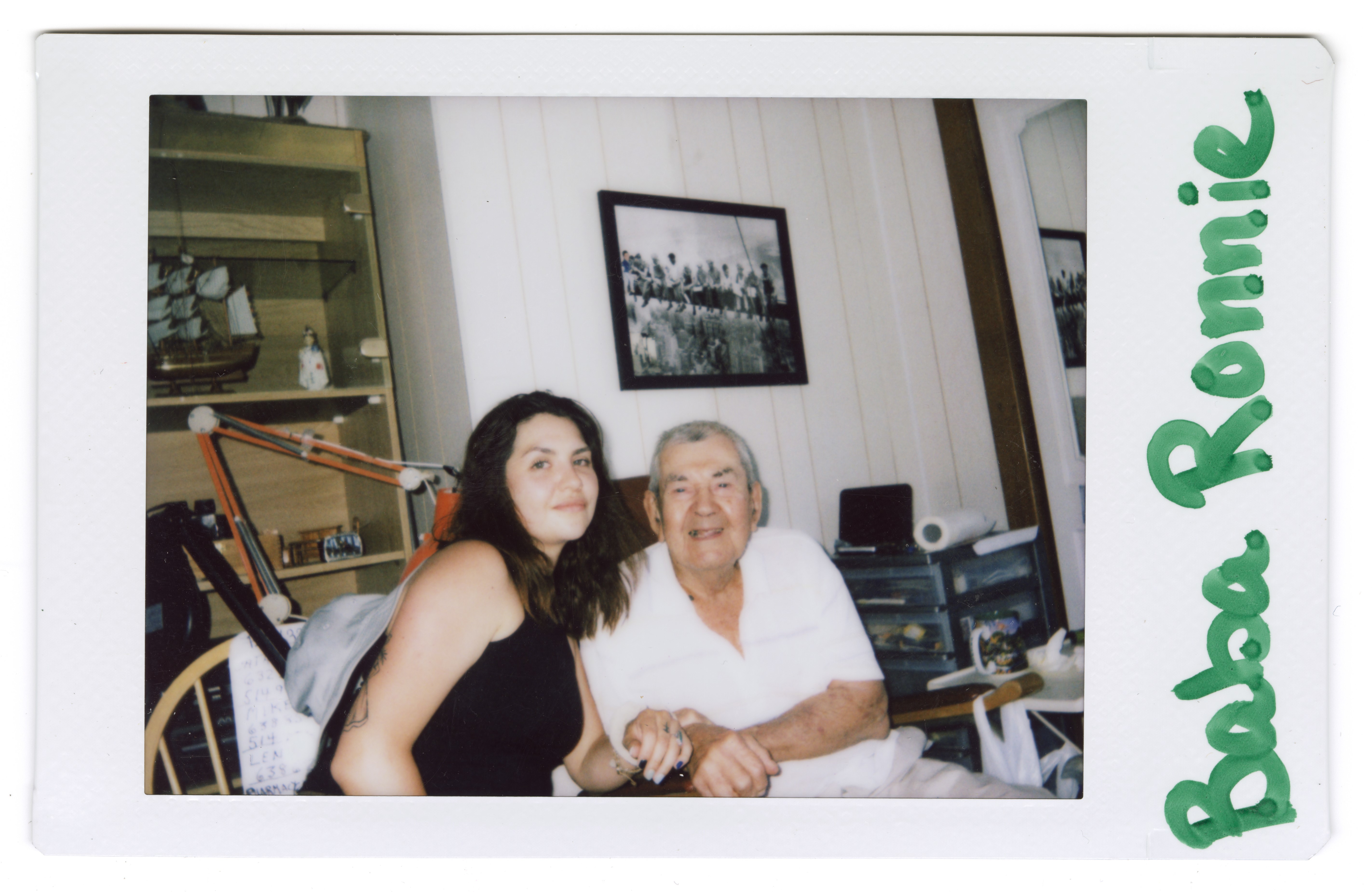
It’s why Delisle participated in a local initiative aimed at enriching Kahnawake’s photographic history for future generations.
The Polaroid Project is meant to capture life in the Kanien’kehá:ka (Mohawk) community south of Montreal, with the help of an instant camera. Community members are invited to borrow a Fujifilm Instax Mini 90 to capture photos of healthy family activities.
“There's a whole story behind it that I would have never known if I didn't look at the picture and ask about where this was or who this was,” said Delisle about her grandfather’s photos.
“I think having it as a Polaroid now is important because it brings people together in that same way.”
Listen to Julie Delisle talk about the photos she took as a part of the Polaroid Project.
The Kahnawake Photo Archive
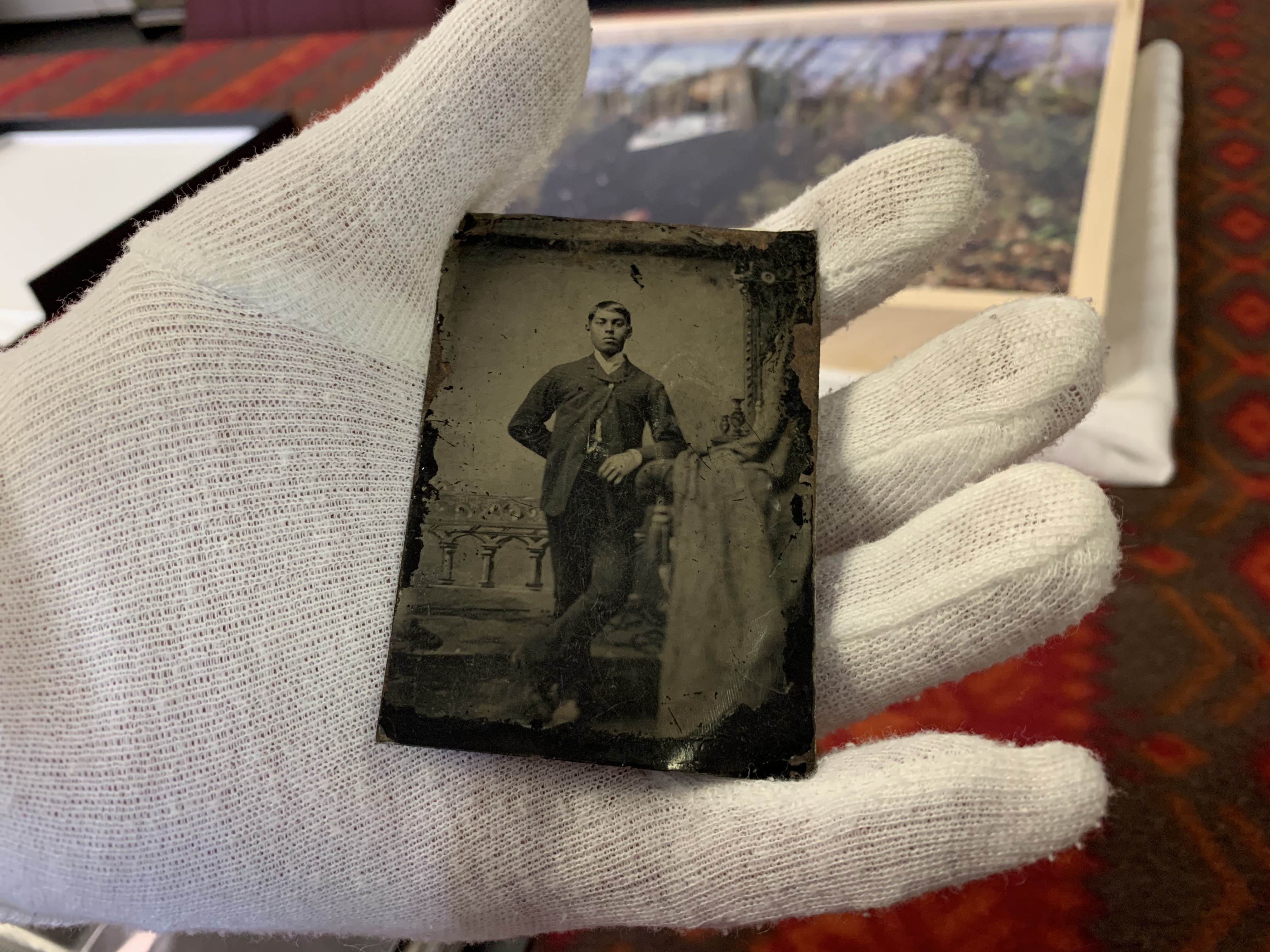
The Kanien’kehá:ka Onkwawén:na Raotitióhkwa Language and Cultural Center has amassed over 4,000 photos over the years, as well as audio recordings, and artifacts. The photos, which date back to 1905, include tin-type portraits, binders of negatives, and albums of donated family photos from basements and attics.
When photo archivist Scott Berwick started his position in 2018, many of the photos sat in storage without names, dates, or details. He has been crowdsourcing on social media to help put names to faces.
“It usually sparks a conversation,” he said. “It's still kind of vague information, but it's still better than no information.”
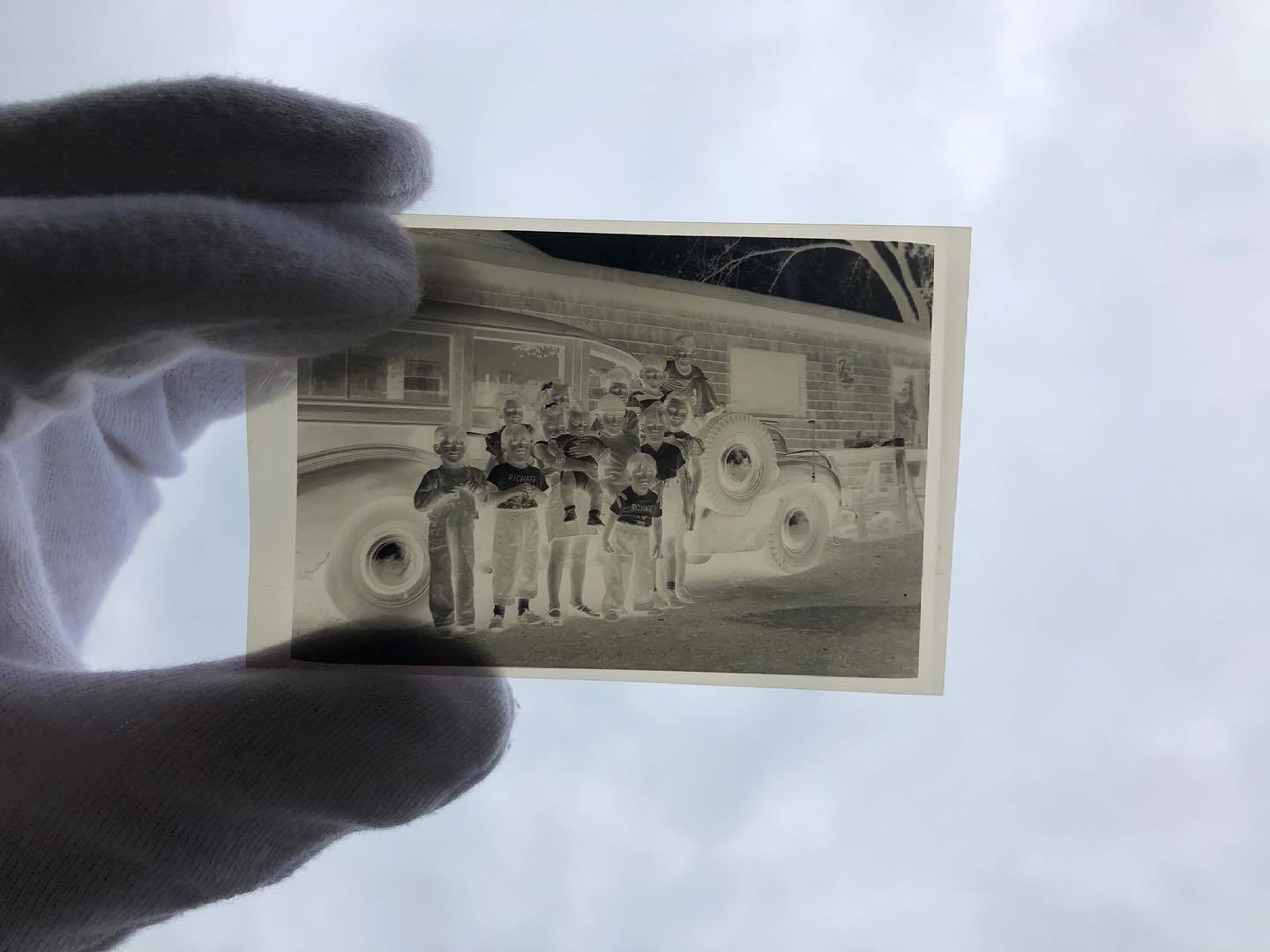

The goal, he said, is to preserve language, culture, and history but also make it all accessible to the community.
In addition to organizing the archive by cataloguing and digitizing photos, Berwick was tasked with coming up with projects that incorporate community involvement. In the last few years, the cultural centre has invited elders to sit down and talk about some of the photos, started its own photography service to drum up funds, and continuously encourages community members to share family albums and stories with the archive.
“It's just about the storytelling; having all these images can spark stories,” said Berwick.
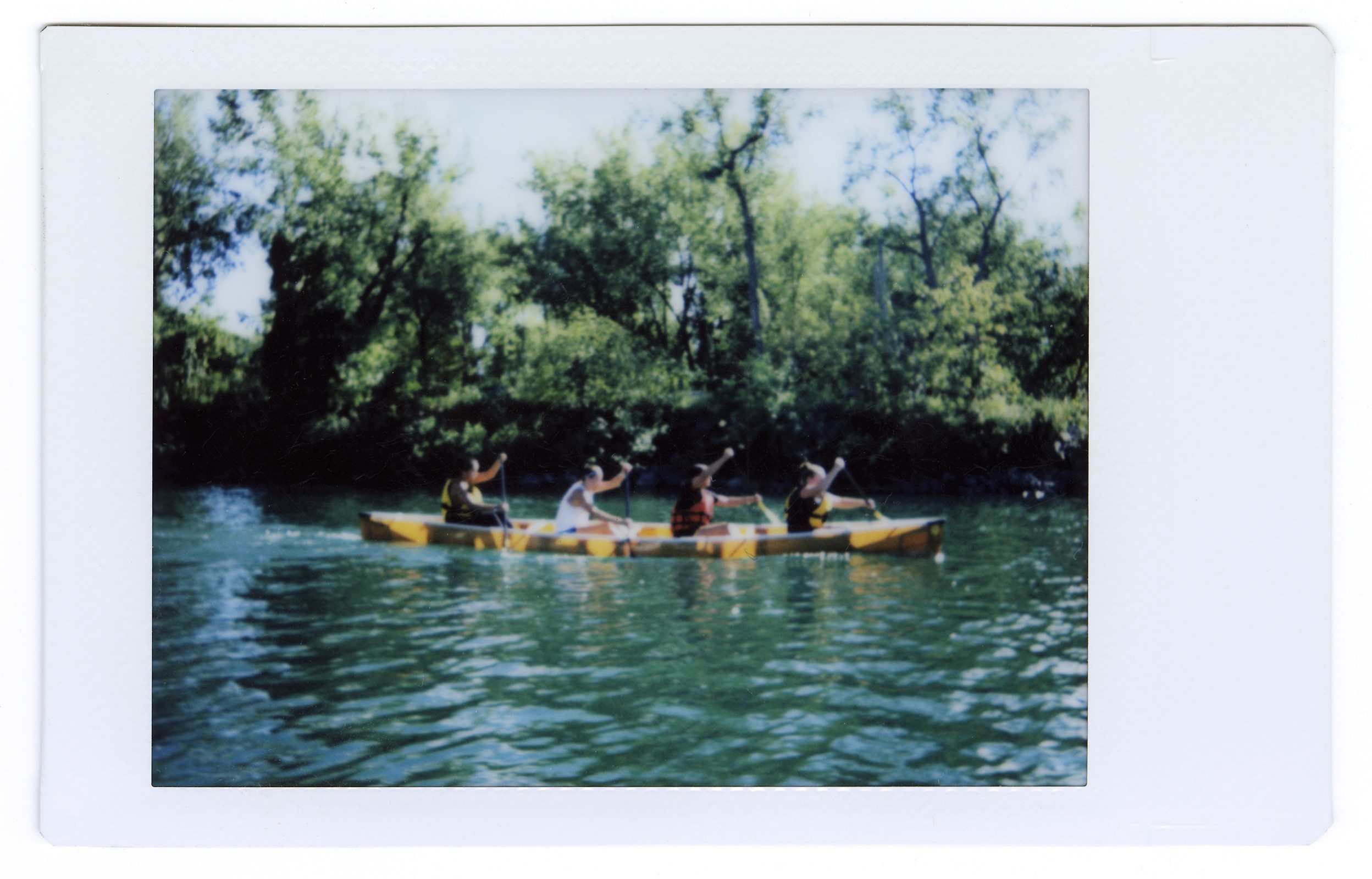
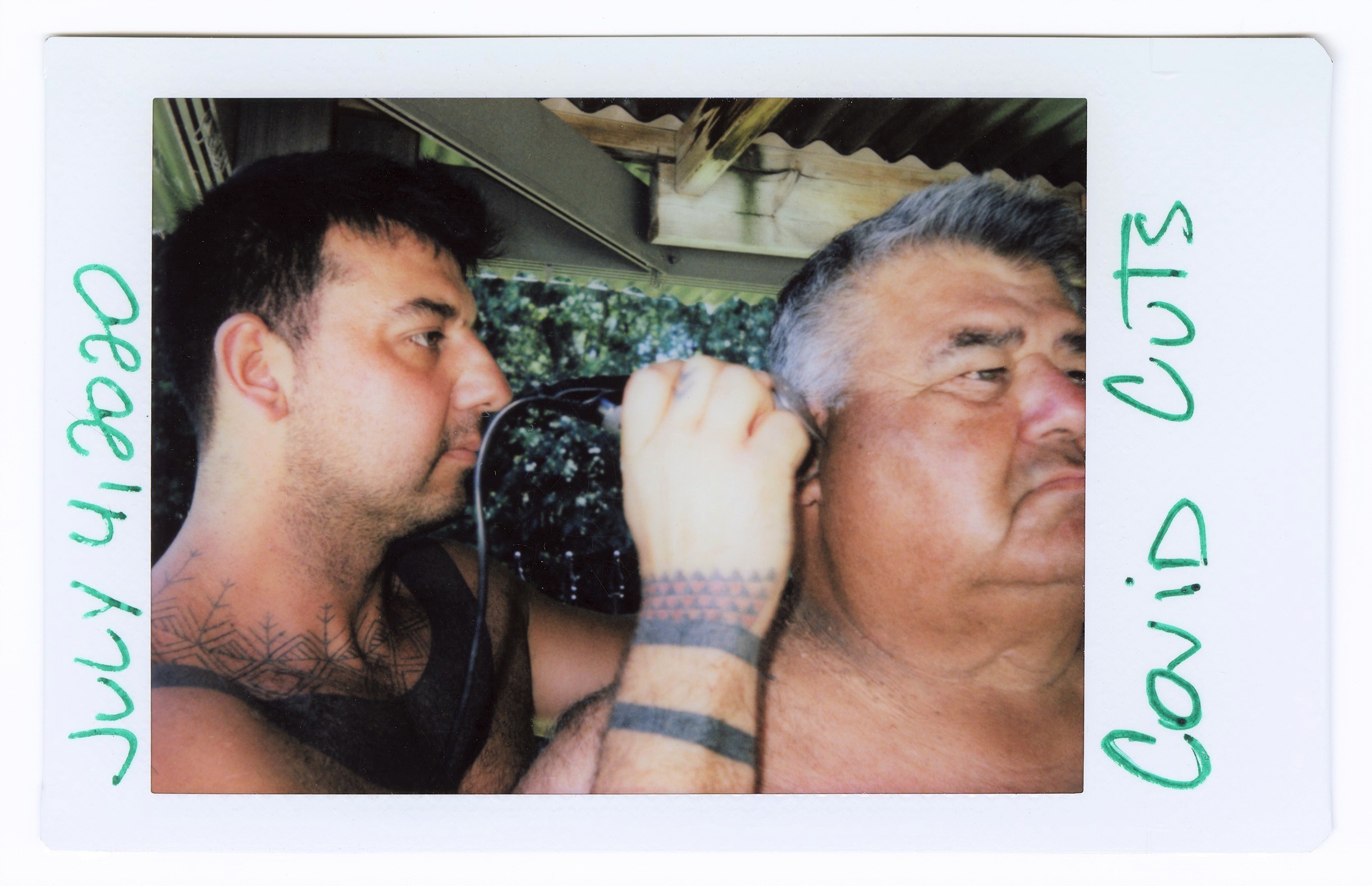
For the Polaroid Project, he said the idea was to give community members an opportunity to do something fun during the pandemic while helping with the growth of the archive.
Community members borrow the camera for a few days and are asked to take 10 photos. When the camera is returned, each photo is added to the photo archive with information on each snapshot.
They’re scanned digitally and shared on social media while the originals are stored at the cultural centre.
“A big part of what I want to do here is have the community be involved in the growth of the archive and what better way than having the community take photos and having them be stored here permanently,” said Berwick.
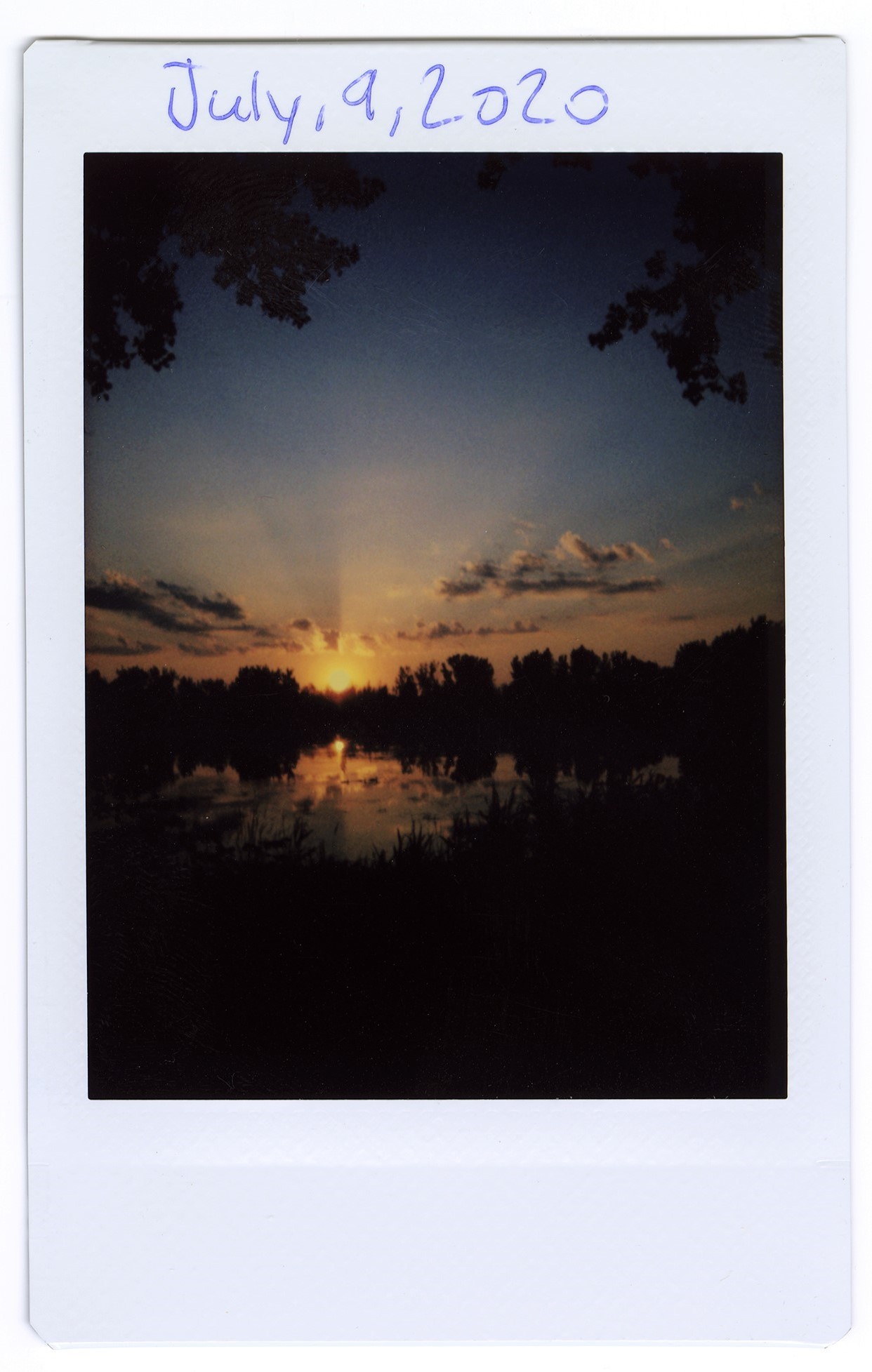

Skye Thomas and her five-year-old daughter Atonhwentsine Paul were among the 30 people who participated in the project last summer.
“She loves taking pictures and documenting her day-to-day life, and I figured it would be a good idea for us to capture how she sees the world around her,” said Thomas.
The two took photos in their yard, garden, and of family and friends. Their favourite is a close-up of a sunflower in the garden.
“It’s our favourite because we grew that flower from seed, and she was so proud,” said Thomas.
“We’d love to participate again and see the difference in a year how much my daughter's eye or view has changed.”
For the next 7 generations

There’s already a running list of participants signed up for the project’s second summer. Photos so far have ranged from gardening, bike rides, kayaking, to spending time with grandparents.
“It's a really beautiful way to preserve not only what we're living in now, but also for our next up and coming generations,” said Sha'teiohseriio Patton.
The Seventh Generation Principle is a Haudenosaunee philosophy about making decisions today that will benefit future generations to come. It’s something Patton kept in mind when she booked the camera last month to photograph her family.

“It's just like a very underlying kind of feeling that you get knowing that generations from now are going to be able to look back on these pictures and talk about you like you did [about] the people that we saw way back in the ‘40s and the ‘20s from the archives.”
She hopes the project will visually reframe how life during the pandemic will be remembered when people look back at photos.
“It goes to show how we just are able to be resilient and live beautiful lives in Kahnawake.”
Listen to Sha'teiohseriio Patton talk what it meant to participate in the Polaroid Project.
For Delisle, she wanted to focus her lens on places in the community that might change in the future, such as the small trees that Kahnawake’s Environmental Protection Office planted at a park last summer - and of course, made sure to capture a picture of herself and her grandfather sitting together.
“I hope that in the future, the next generations will be able to look at these pictures and see the way that it was in this year… how that's changed, for better or for worse,” she said.
